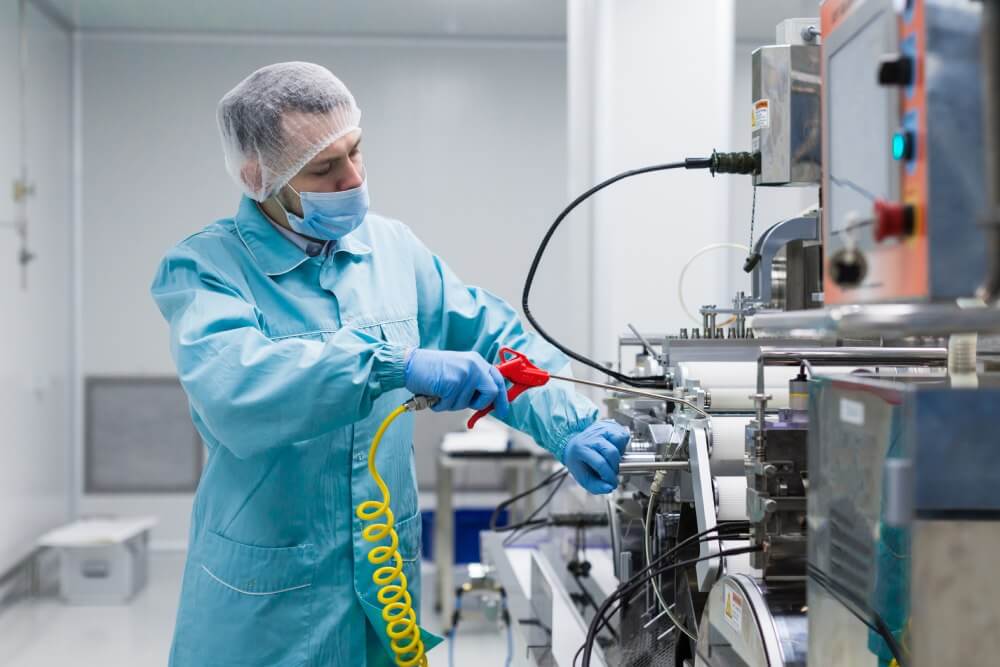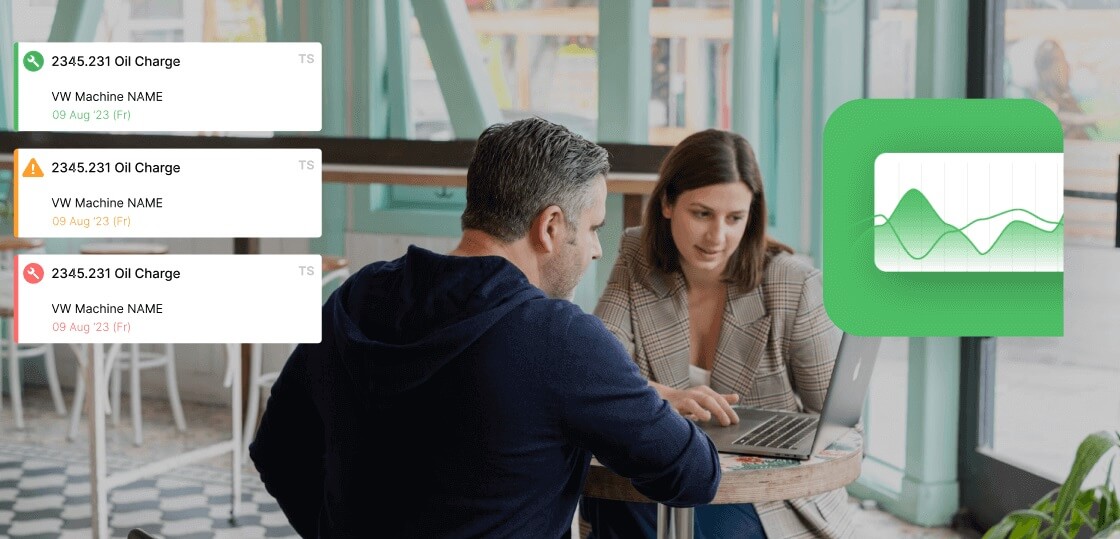Key Takeaways
-
For medical device manufacturers, OEE is a powerful tool for monitoring process control, ensuring product quality, and strengthening your ISO 13485 Quality Management System (QMS).
-
The key to compliance is data integrity. This requires a validated system with automated data collection and a complete, unchangeable audit trail for all events, in line with 21 CFR Part 11.
-
The most powerful application is an integrated OEE + CMMS platform. This allows a process deviation diagnosed by OEE to automatically trigger a formal, auditable CAPA or non-conformance workflow in the CMMS.







